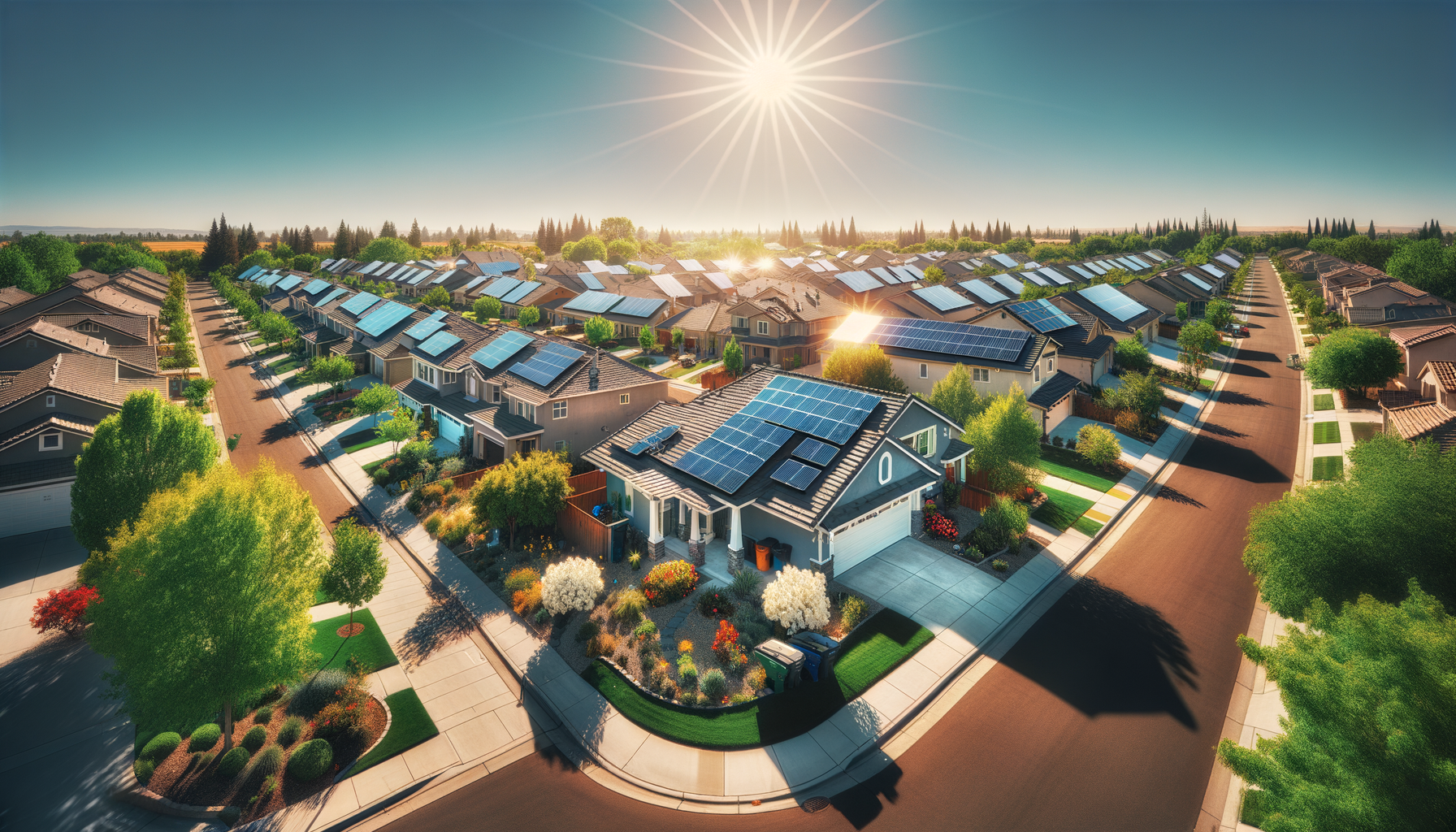Exploring the Best Solar Panels on the Market: Efficiency, Cost, and More

Updated 4 months ago
Exploring the Best Solar Panels on the Market: Efficiency, Cost, and More
The transition towards renewable energy sources has placed solar technology at the vanguard of residential power generation. With an array of options available in the market, choosing the right solar panel can be as impactful on your energy footprint as it is on your finances.
In this comprehensive guide, we unravel the specificities of the most prominent solar panel types, delve into their intricacies, and highlight the pivotal considerations homeowners must weigh to make an informed purchase.
The Solar Panel Landscape: An Overview
Solar panels have become virtually synonymous with a more sustainable future, translating the sun's abundant energy into usable electricity through the magic of the photovoltaic (PV) effect. At the heart of this conversion is a choice between three distinct types of panels: monocrystalline, polycrystalline, and thin-film, each harboring unique attributes and suitability tailored to different scenarios.
Monocrystalline Solar Panels: Peak Performance and Aesthetic Appeal
The crème de la crème of solar solutions, monocrystalline panels, are revered for their proficient energy conversion, long-lasting durability, and sleek aesthetics. Crafted from single-crystal silicon, these panels not only maximize energy output with efficiencies that often exceed 20% but they also exhibit a uniform dark hue that enhances roof curb appeal.
Polycrystalline Solar Panels: Cost-Effectiveness with a Blue Hue
Polycrystalline panels, easily recognized by their signature blue marbled appearance, stand as an attractive alternative by delivering a more budget-friendly option. Though slightly less efficient than their monocrystalline counterparts, with efficiency rates usually between 15-17%, they offer a balanced proposition of cost savings and moderate performance.
Thin-Film Solar Panels: The Flexible Contender
For installations where flexibility and a lower profile are paramount, thin-film solar panels shine. These lightweight panels are manufactured by depositing photovoltaic substances onto a substrate, resulting in varying levels of efficiency that can reach up to 15%. Their lightweight design and adaptability for irregular surfaces can be deciding factors for specific applications.
Assessing Solar Panel Efficiency
Efficiency is a scorecard by which solar panels are often judged, and rightly so. When choosing between types, it's crucial to consider how effectively the panel can convert solar irradiance into electricity. High-efficiency modules offer more power per square foot, reducing rooftop real estate and maximizing energy generation.
Monocrystalline: Efficiency Over 20%
Polycrystalline: Efficiency Between 15% and 17%
Thin-Film: Efficiency Ranges 6% to 15%
Understanding Solar Panel Costs
The price per watt is a standard metric used to compare the cost-effectiveness of solar panels. Factoring in the balance between short-term investments versus long-term energy production is vital in arriving at a panel choice that reflects an optimal price-performance ratio.
Cost Factors for Different Solar Panel Types
- Monocrystalline: $1.00 - $1.50 per watt
- Polycrystalline: $0.70 - $1.00 per watt
- Thin-Film: $1.00 per watt (though installation costs vary widely)
Installation Insights: Roof and Environmental Considerations
While evaluating solar panel options, it is crucial to consider the roof's carrying capacity, the environmental setting, and any potential for future expansion. A consultation with a professional installer can provide clarity, ensuring that the panel choice aligns with both structural limitations and environmental factors.
Resilience to Elements
Solar panels are not just about energy; they're also about endurance. From hailstorms to hurricane winds, panels must withstand the wrath of nature.
- Monocrystalline and Polycrystalline: Generally, able to resist hailstones at high speeds.
- Thin-Film: Due to their flexible nature, they may be less resistant to severe weather conditions.
Fire Ratings
Maintaining compliance with building fire safety codes is non-negotiable. Panels should match the fire rating of your home's roof.
Making the Decision: The Homeowner's Roadmap
The choice of solar panel is intrinsically linked to individual circumstances, factoring in roof architecture, climate, aesthetics, and budget constraints.
Questions to Aid Your Panel Selection
- How much roof space do I have available?
- What is the average sunlight exposure throughout the year?
- Am I inclined towards a certain panel aesthetic?
- Is my budget geared towards short-term savings or long-term efficiency?
By interfacing your specific needs with the character of each panel type, you mold your own solar narrative, one that vibrates with both your home's structural dialect and your environmental advocacy.
The Solar Verdict: Choosing the Panel That Resonates with You
Each solar panel harbors a narrative that may harmonize with your home's unique tale. Monocrystalline panels whisper a story of peak efficiency and sophistication, while polycrystalline arrays sing songs of economic mindfulness and responsible adequacy. Thin-film, the maestro of versatility, touts its adaptable nature.
Embarking on a solar expedition is no longer a journey you navigate solo. Sources of knowledge and calculators to define your solar horizon are at your disposal.
As we turn our rooftops into conduits of solar power, we pave the path towards energy independence and ecological stewardship, one photon at a time.




